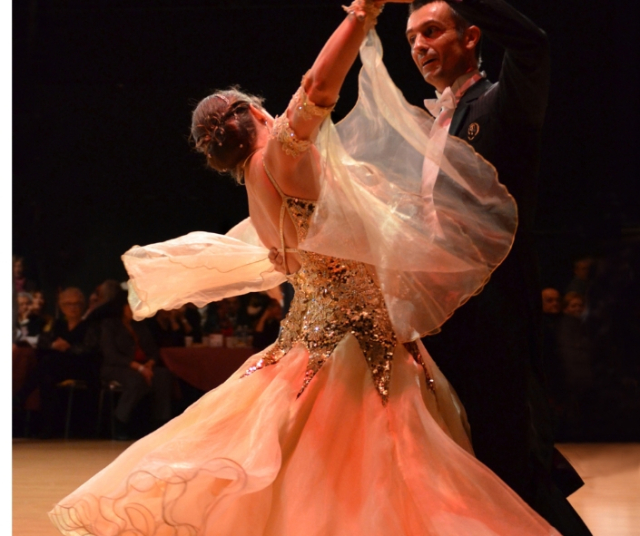The Día de la Canción Criolla is an emblematic holiday in Peru, which celebrates traditional Peruvian music and its important role in the cultural identity of the country. In this article, we will explore in depth the history, traditions, and celebrations surrounding Día de Canción Criolla in Peru. From its historical roots to the most representative musical genres, we will discover how this holiday pays tribute to the country's rich musical tradition and promotes national pride.
History of the Creole Song
The Día de la Canción Criolla dates back to the late 19th and early 20th centuries, when criolla music began to gain popularity in the popular neighborhoods of Lima and other Peruvian cities. At the time, Peru was undergoing major social and cultural changes as it established itself as an independent nation after centuries of Spanish colonial rule.
Creole music emerged as an artistic expression that reflected the identity and experiences of Peruvians, fusing African, indigenous and Spanish influences. In popular neighborhoods, Creole musicians and composers created songs that addressed themes of love, heartbreak, daily life, and national pride. These songs became symbols of Peruvian culture and identity.
During the 20th century, the Canción Criolla experienced a great boom and established itself as a recognized musical genre in Peru. As it gained popularity, new instruments and performance styles were incorporated, further enriching the diversity of criolla music. In the 1940s, the Day of the Creole Song was institutionalized with the aim of promoting and preserving this important cultural legacy. October 31 was chosen as the date to commemorate the birth of Felipe Pinglo Alva , one of the most influential composers in the history of Canción Criolla.
The Día de la Canción Criolla acquired national relevance and became an important holiday in Peru, which celebrates and promotes Creole music as part of the country's cultural heritage. Through concerts, festivals, educational activities, and family gatherings, Peruvians honor and enjoy the rich musical tradition that Canción Criolla represents.
Creole musical genres
The Canción Criolla encompasses a variety of musical genres that represent the cultural diversity of Peru. Among the most outstanding genres are the sailor, the Creole waltz, the zamacueca, the Creole polka and the landó. Each of these genres has its own musical and choreographic characteristics, but they share the essence and style of the Canción Criolla.
- Marinera : The marinera is considered the musical genre and national dance of Peru. It originated in the coastal regions of the country and is characterized by its upbeat and energetic rhythm. The marinera is interpreted with instruments such as the guitar , the cajita, the castanets and the Peruvian cajón . It is a dance that represents gallantry and flirtation between a man and a woman, and is accompanied by graceful movements and choreographed steps.
- Waltz Criollo : The waltz criollo is one of the most popular genres of Creole music in Peru . It is an adaptation of the European waltz, which arrived in the country during the 19th century. The Peruvian Creole waltz is distinguished by its romantic and melancholic style. The lyrics of the songs often deal with themes of love, heartbreak, and nostalgia. Instruments such as the guitar, the requinto, the violin and the piano are used to interpret this genre.
- Zamacueca : The zamacueca is one of the oldest and most representative genres of Creole music in Peru. Rooted in African rhythms, she is known for her upbeat rhythm and lyrics that tell stories of love and heartbreak. The zamacueca is a dance that combines sensual and virtuous movements, with handkerchiefs that the dancers wave during the choreography. It is considered one of the precursors of the sailor.
- Polka Criolla: The polka criolla is an adaptation of the European polka genre that became popular in Peru in the 19th century. It is a fast-paced and upbeat genre, with catchy melodies and lyrics that talk about daily life and Peruvian traditions. The criolla polka is performed with instruments such as the accordion , the guitar and the mandolin , and is highly appreciated for its festive and danceable character.
- Landó : The landó is a Creole musical genre originating from Afro-Peruvian communities. It has its roots in African rhythms and is characterized by its lilting rhythm and its lyrics that reflect the Afro-descendant experience and culture in Peru. The landó is interpreted with instruments such as the Peruvian cajón, the maracas, the cajita and the guitar. It is a genre that evokes melancholy and nostalgia.
Celebrations and activities
The Día de la Canción Criolla is celebrated throughout the country with a series of activities and special events. In Lima , the Gran Concierto Criollo takes place, which brings together renowned artists and Creole music groups in a night full of music and dance. In addition, festivals, Creole clubs and singing contests are held in different locations, where both professional and amateur artists have the opportunity to show their talent.
One of the most deeply rooted traditions during the Day of the Creole Song is known as " La Hora Criolla ". This consists of getting together with family or friends to enjoy a special dinner where typical Peruvian dishes are tasted, such as ceviche, ají de gallina and suspiro limeño. During dinner, Creole songs are sung and danced to the rhythm of traditional music. In addition, in many schools and educational centers, marinera contests and presentations by folkloric groups are organized to promote knowledge and appreciation for Creole music among the new generations.
This day is a date of great cultural importance in Peru, since it allows to keep alive the musical tradition and the artistic legacy of the Creole Song. This festivity promotes national pride and appreciation of the country's cultural diversity, as well as being a meeting and celebration moment for Peruvians.
